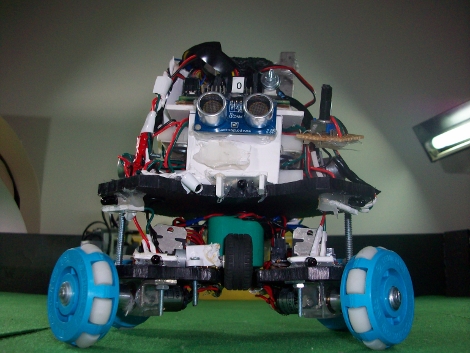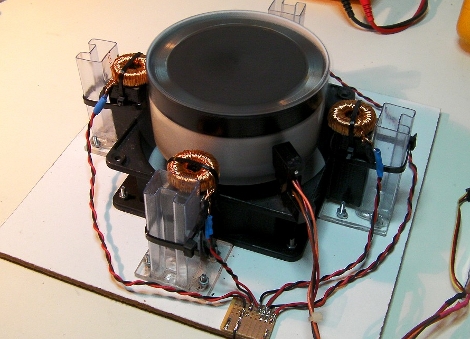Powerplant control room panoramas:

There are two power plants presented in 360 degree panoramas here. All those dials and switches just get us giddy. The one pictured above was built in 1918 and is still in operation. Not only are the control rooms here, but several other locations around the facility too.
Energy recycling prosthetic foot:

At first, we thought that this energy recycling prosthetic foot was going to be a power generating device to harvest some energy using our weight in the heel compression. Actually, it is showing off a fancy micro controller based system for reproducing our naturally springy step.
Translating in real time with google:

Google is working on a system to do real time translation of text on your phone. It is integrated into the “google goggles” software which allows you to search the internet using images from your phone. This is pretty cool, but with google translate and OCR being readily available for quite some time now, we have to wonder; why didn’t we think of that?
Exploded images of everyday objects:

[Adam Voorhes] has put together a small collection of exploded views of everyday objects. While they aren’t laid out great for reference, they look good and might make nice artwork in your workshop.



















